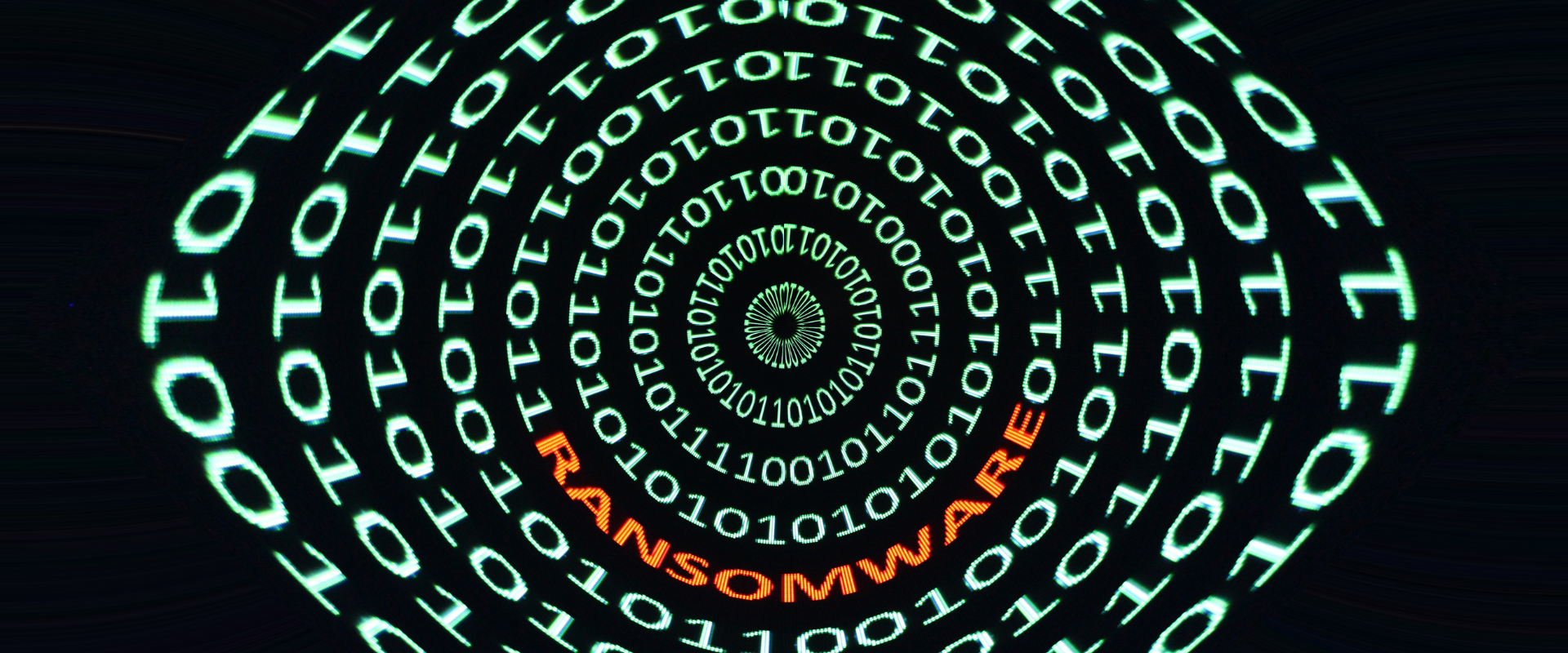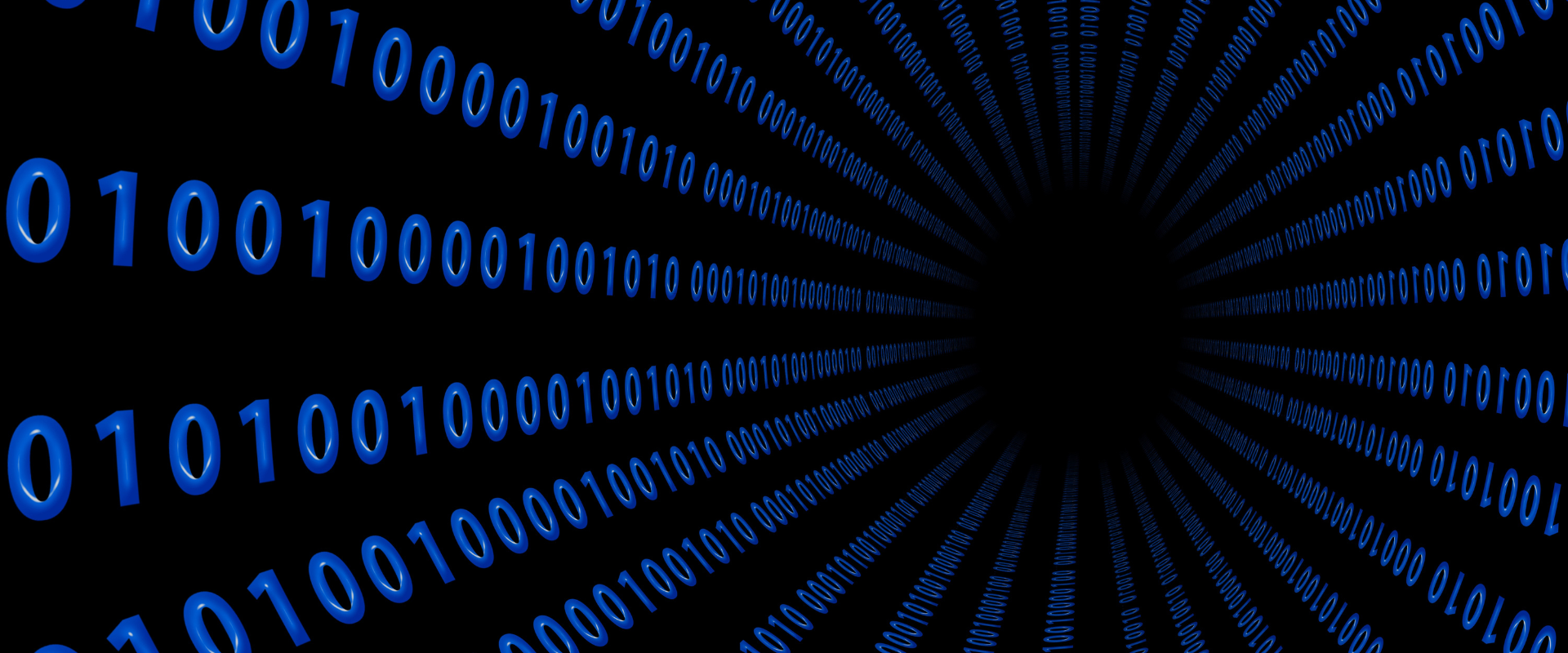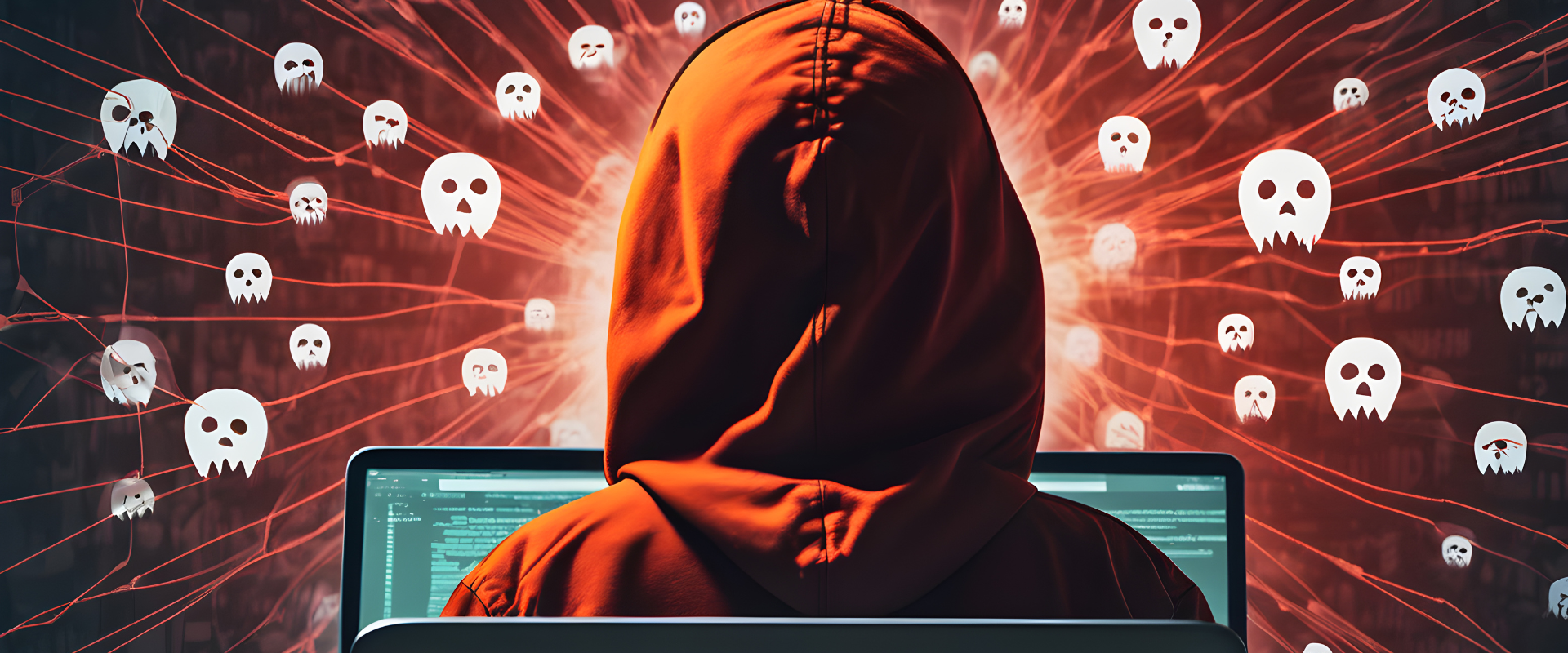
The Evolution of Phishing Attacks: What Businesses Need to Know in 2025
By, Webmaster
- 4 Jun, 2025
- 3.4k Views
Phishing attacks remain one of the most common and effective cyber threats facing organizations today. However, phishing techniques have evolved drastically over the years, becoming more sophisticated and harder to detect. As we move deeper into 2025, understanding these evolving tactics and how to defend against them is critical for every business.
In this blog, we will explore the latest trends in phishing attacks, the risks they pose, and practical strategies to protect your organization.
What Are Modern Phishing Attacks?
Phishing involves tricking individuals into divulging sensitive information, such as passwords or financial details, by impersonating trustworthy entities through emails, messages, or websites. Modern phishing attacks go beyond generic scams and often use highly targeted and personalized approaches, also known as spear phishing or whaling.
Key features of modern phishing attacks include:
Spear Phishing: Targeted attacks aimed at specific individuals or companies, often leveraging personal or corporate information gathered from social media or data breaches to craft convincing messages.
Business Email Compromise (BEC): Attackers impersonate executives or trusted partners to manipulate employees into transferring funds or sharing confidential information.
Clone Phishing: Replicating legitimate emails but replacing attachments or links with malicious ones to trick victims into downloading malware or revealing credentials.
Smishing and Vishing: Using SMS (smishing) or voice calls (vishing) to deceive individuals into providing sensitive information or installing malicious software.
Why Phishing Is Still a Major Threat in 2025
Human Vulnerability: No matter how advanced security systems become, human error remains the weakest link. Attackers exploit trust, curiosity, and urgency to bypass technical controls.
Example: Employees clicking on a fake invoice or responding to a spoofed CEO’s urgent request can trigger a breach.
Increased Sophistication: Attackers continuously refine their tactics, using AI to generate realistic messages and deepfake technology to impersonate voices or videos.
Example: Deepfake audio has been used to trick executives into authorizing fraudulent payments.
Remote Work Challenges: The rise of remote and hybrid work models has expanded the attack surface, making it easier for attackers to exploit less secure home networks and personal devices.
Financial and Data Risks: Successful phishing attacks can lead to data breaches, financial loss, and compliance violations.
Example: A phishing attack in 2024 led to the theft of customer data affecting millions, resulting in hefty fines under GDPR.
How to Protect Your Business from Phishing
Employee Training and Awareness: Regular training helps employees recognize phishing attempts and know how to respond. Simulated phishing campaigns can reinforce learning.
Advanced Email Filtering and Security: Implement AI-powered email security solutions that can detect and quarantine phishing emails before they reach inboxes.
Multi-Factor Authentication (MFA): Enforce MFA to add a layer of protection even if credentials are compromised.
Regular Software Updates: Keep all systems and software up to date to close vulnerabilities attackers exploit.
Incident Response Planning: Have a clear plan in place for responding to phishing incidents, including quick containment and notification procedures.
Verify Requests: Encourage employees to verify unusual or urgent requests via alternative communication channels before taking action.
Conclusion
In 2025 and beyond, combating phishing will require a combination of advanced technology and human vigilance. AI and machine learning will play crucial roles in detecting phishing patterns and blocking attacks in real-time. However, empowering employees through continuous education remains equally important.
By adopting a layered defense strategy that includes technology, training, and policies, businesses can reduce the risk of falling victim to increasingly sophisticated phishing schemes.
We hope this article has shed light on the evolving nature of phishing attacks and the steps you can take to protect your business. For further guidance or tailored cybersecurity solutions, don’t hesitate to reach out!
Recent Posts
- IoT Security Risks: How Connected Devices Are Expanding the Cyberattack Surface
- Data Breaches: Understanding the Real Cost of a Cyberattack
- Deepfake Fraud: The New Frontier of Cybercrime
- Cloud Security Challenges: How to Protect Your Data in a Borderless Digital World
- AI in Cybersecurity: How Artificial Intelligence is Changing the Fight Against Cyber Threats
Category
- Cyber Security (86)
- Vulnerability Assessment (70)







